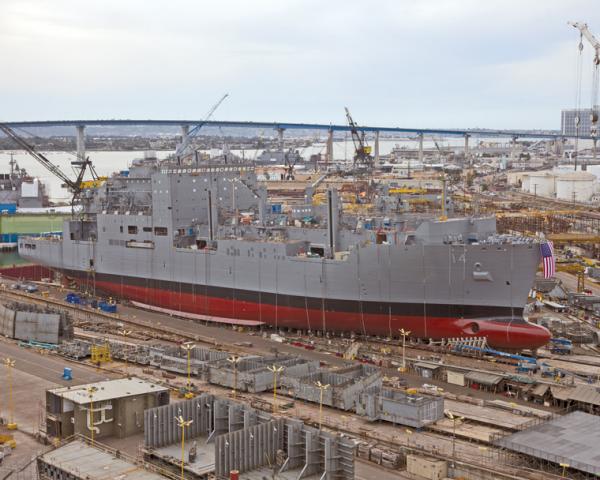Eric Wertheim
Eric Wertheim is a defense consultant, columnist, and author specializing in naval and air force issues. As an author and editor, he tracks, analyzes, and compiles data and photography on every vessel, aircraft, and major weapon system in every naval and paranaval force in the world--from Albania to Zimbabwe. The work is published as the Naval Institute Press' definitive Guide to Combat Fleets of the World. Eric has served as speechwriter for senior Pentagon officials and as a consultant to best-selling authors, publishers, and nonprofit organizations--and has been instrumental in the advancement of numerous high-technology weapons and concepts. A columnist for Proceedings magazine since 1994, he is co-author of Chronology of the Cold War at Sea, among other books.
